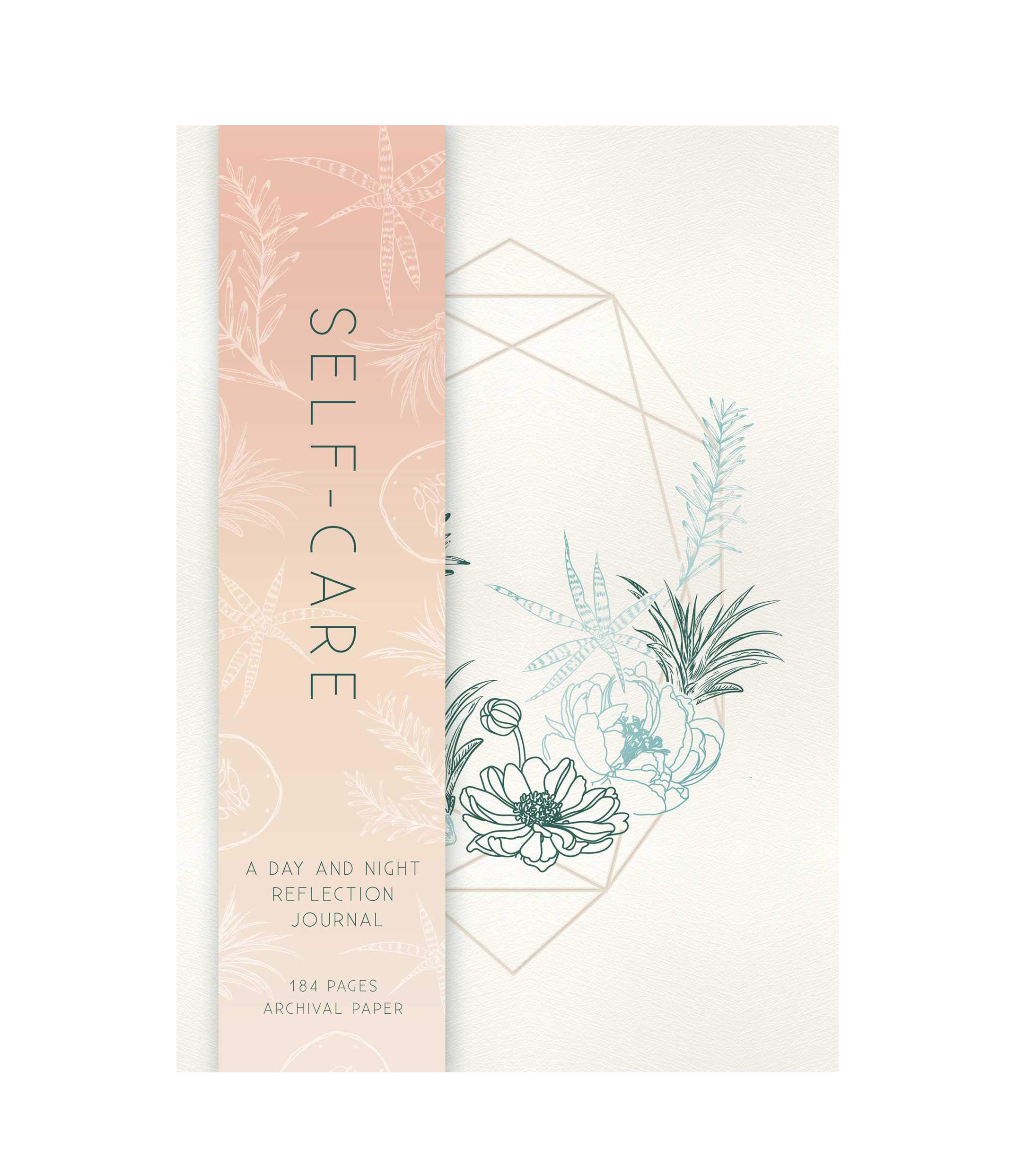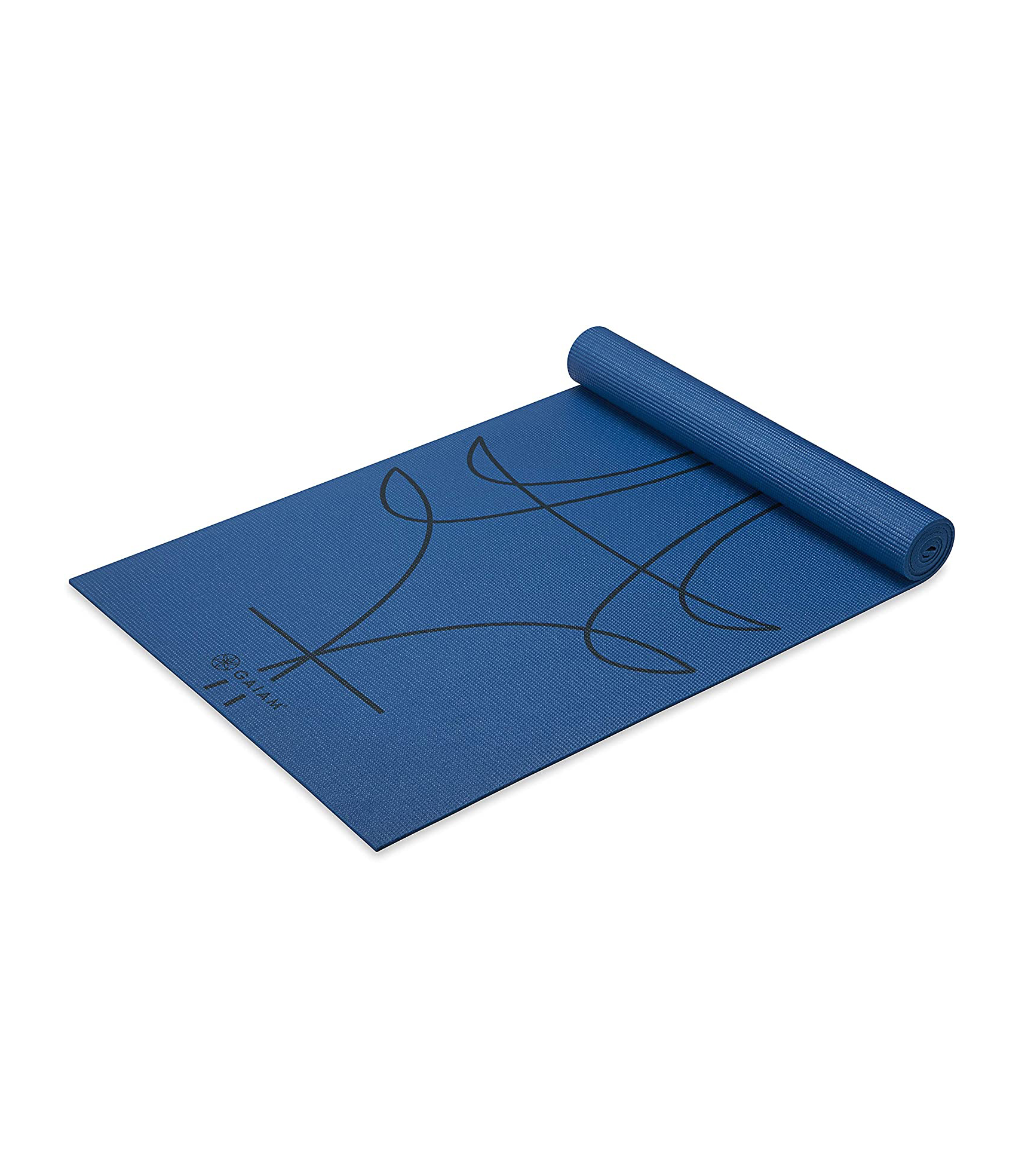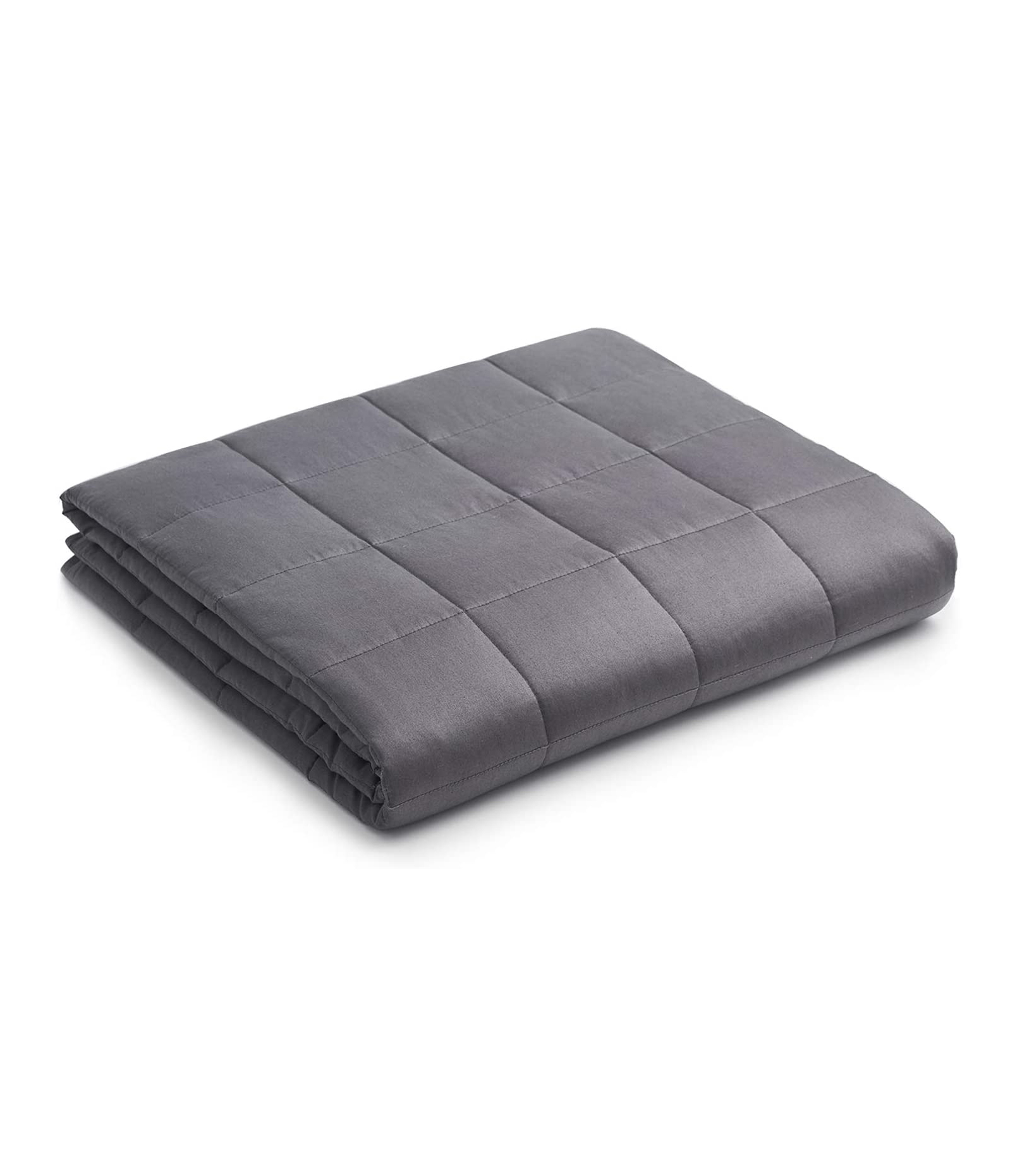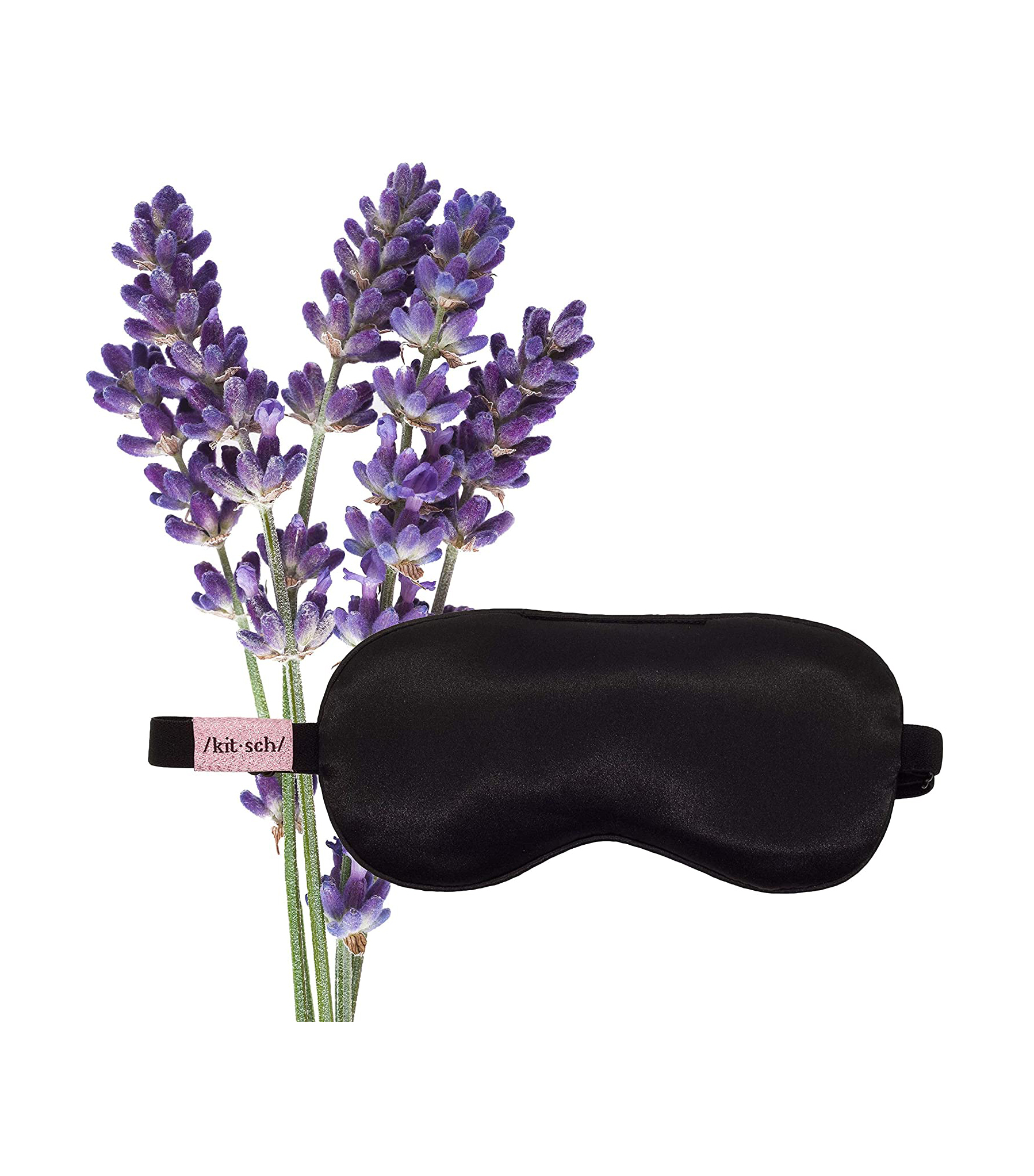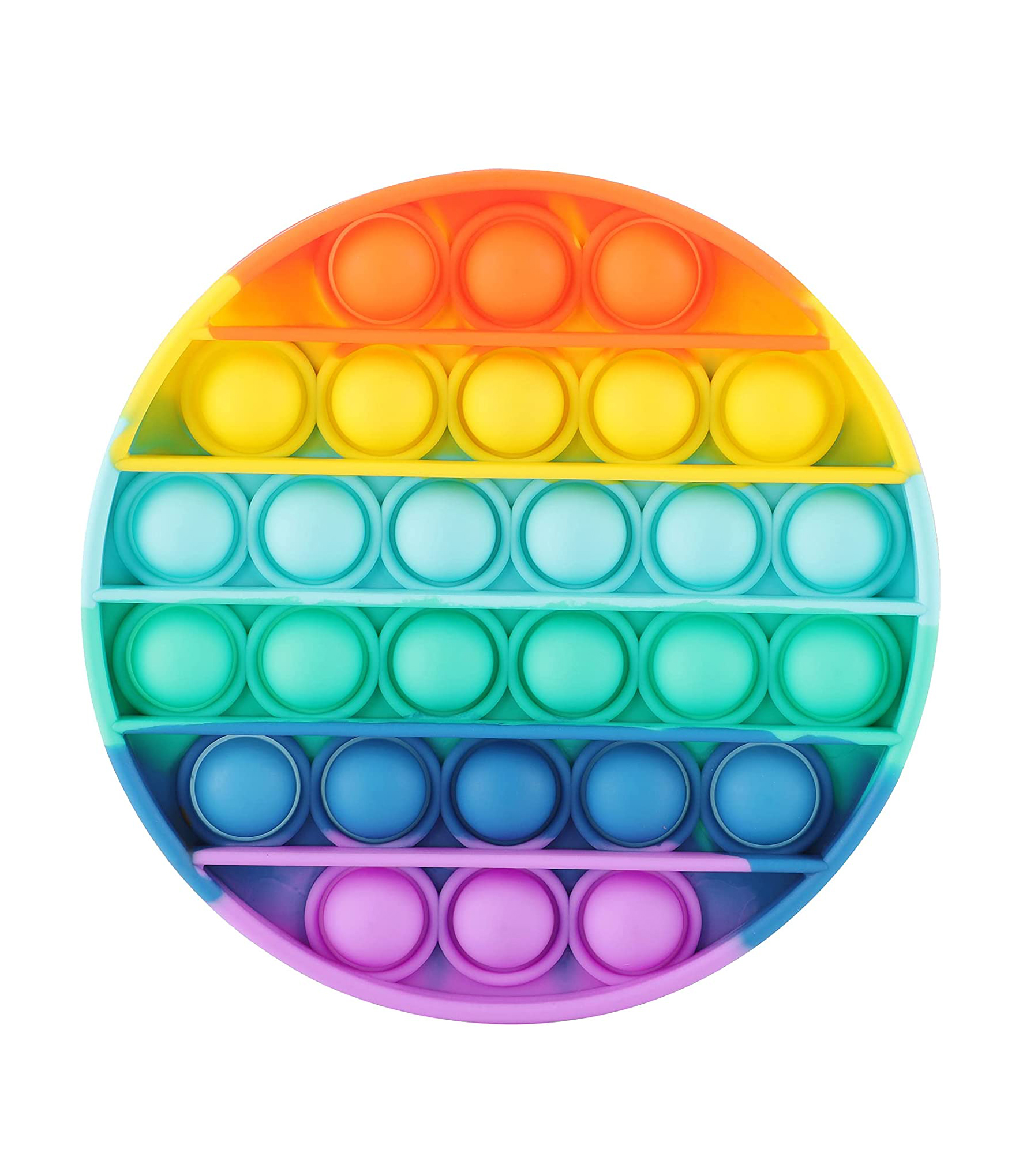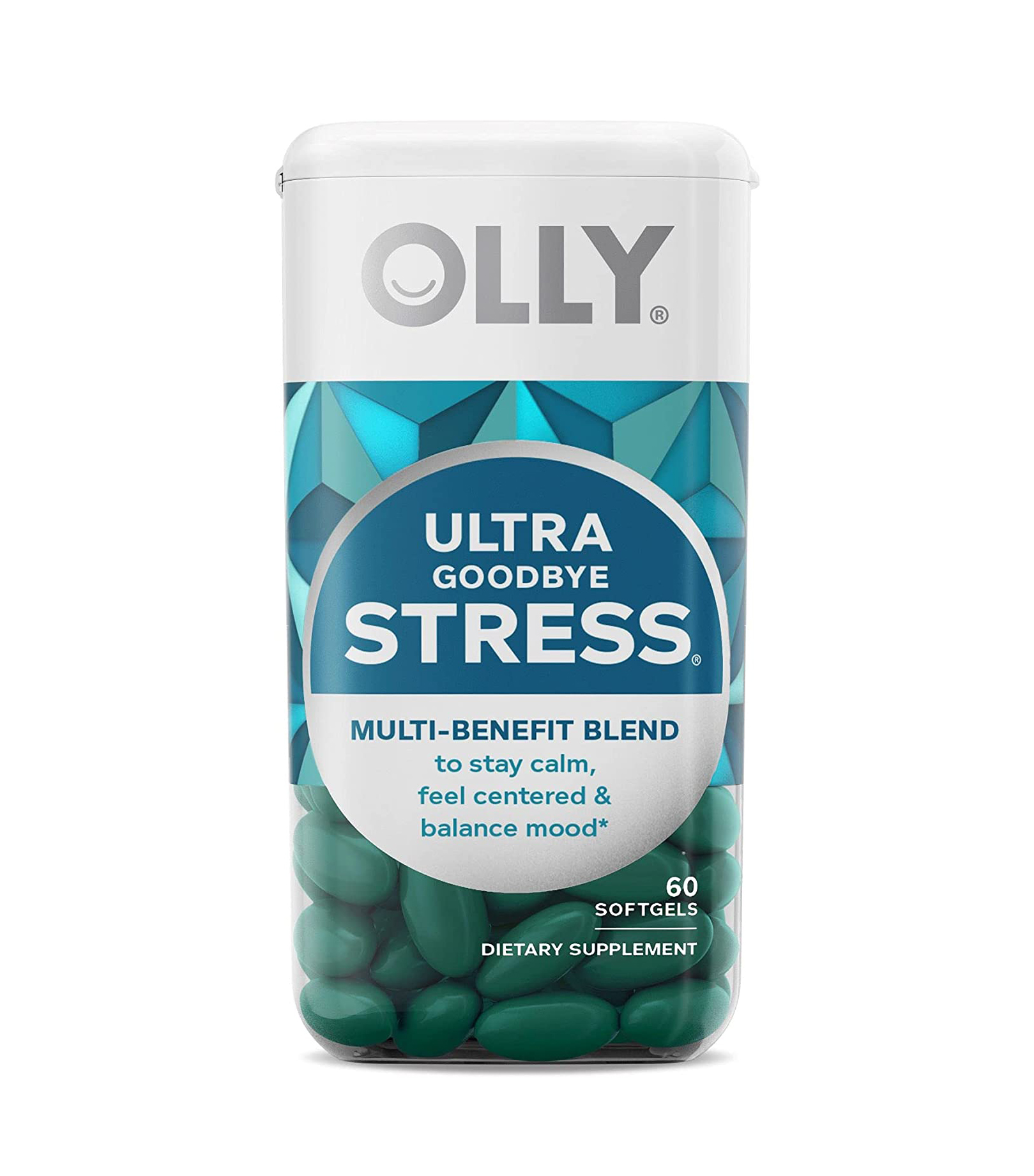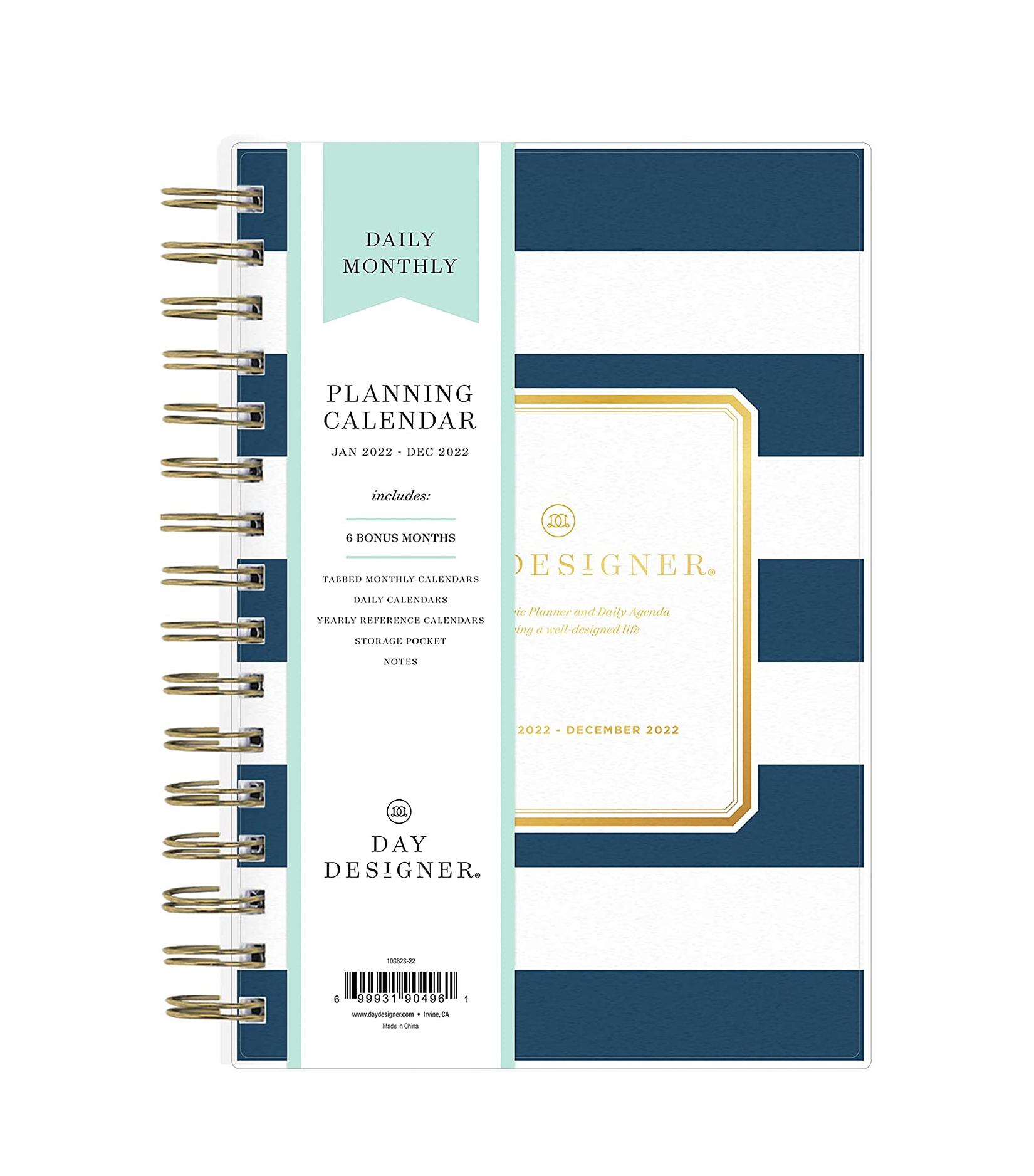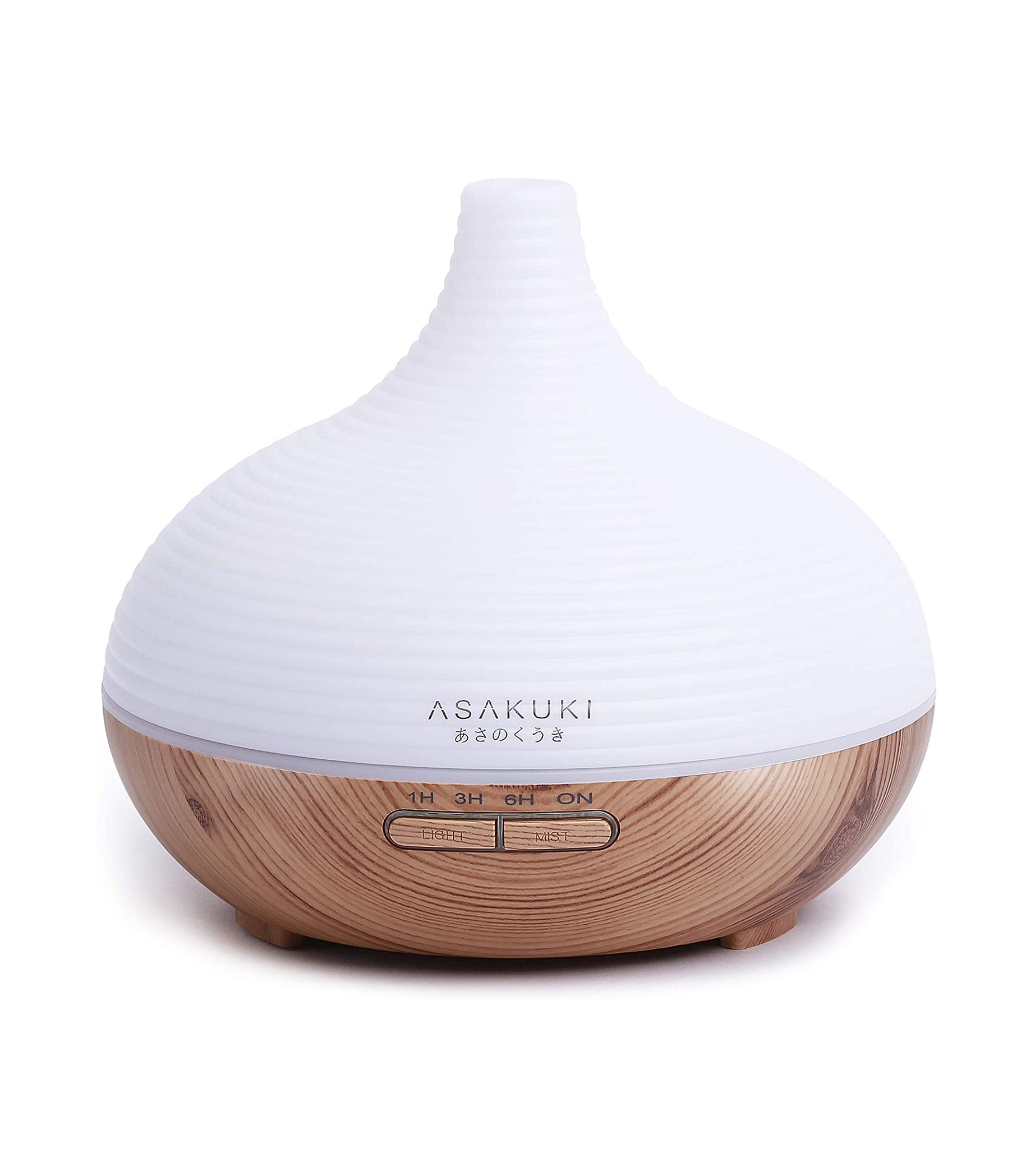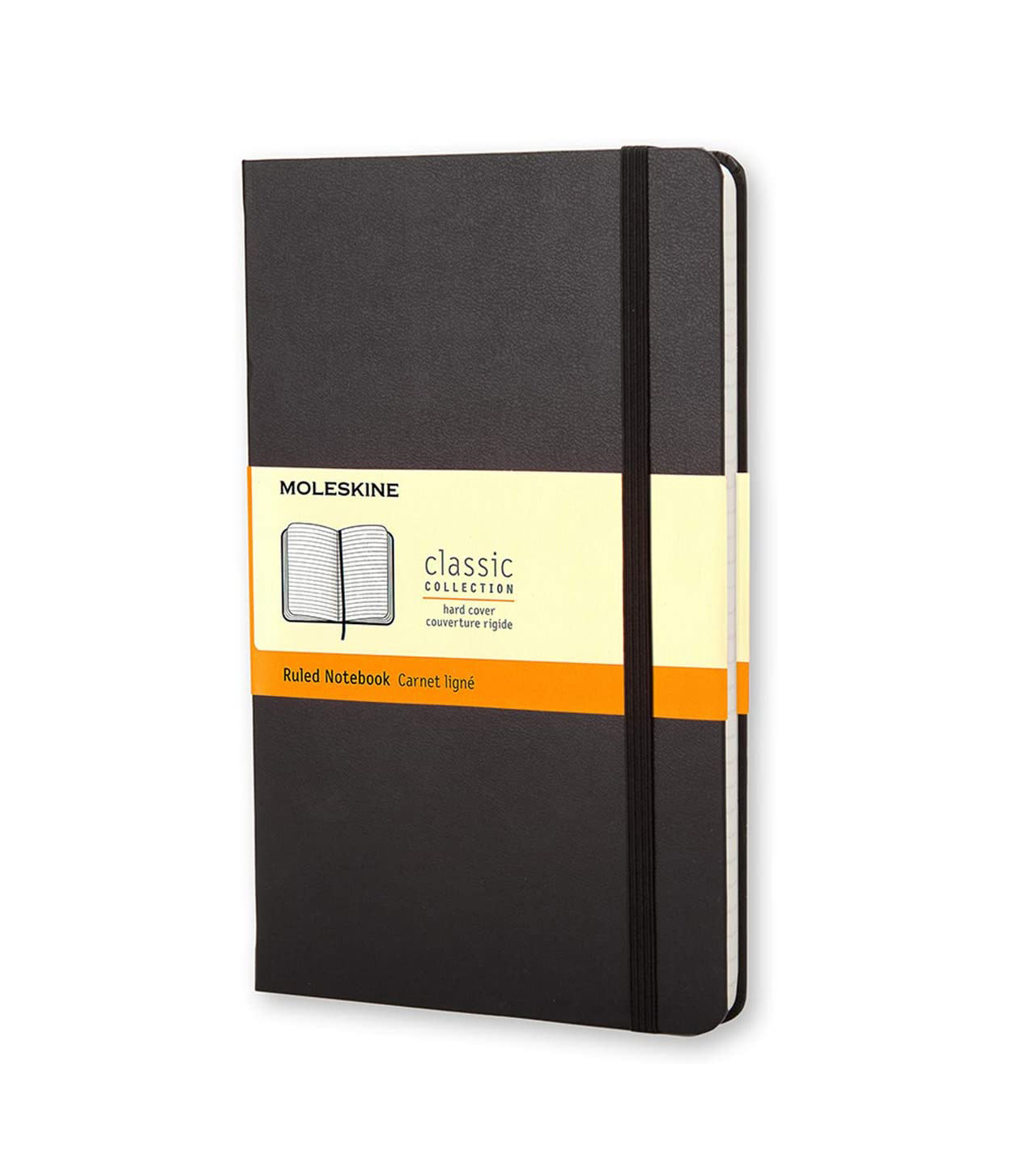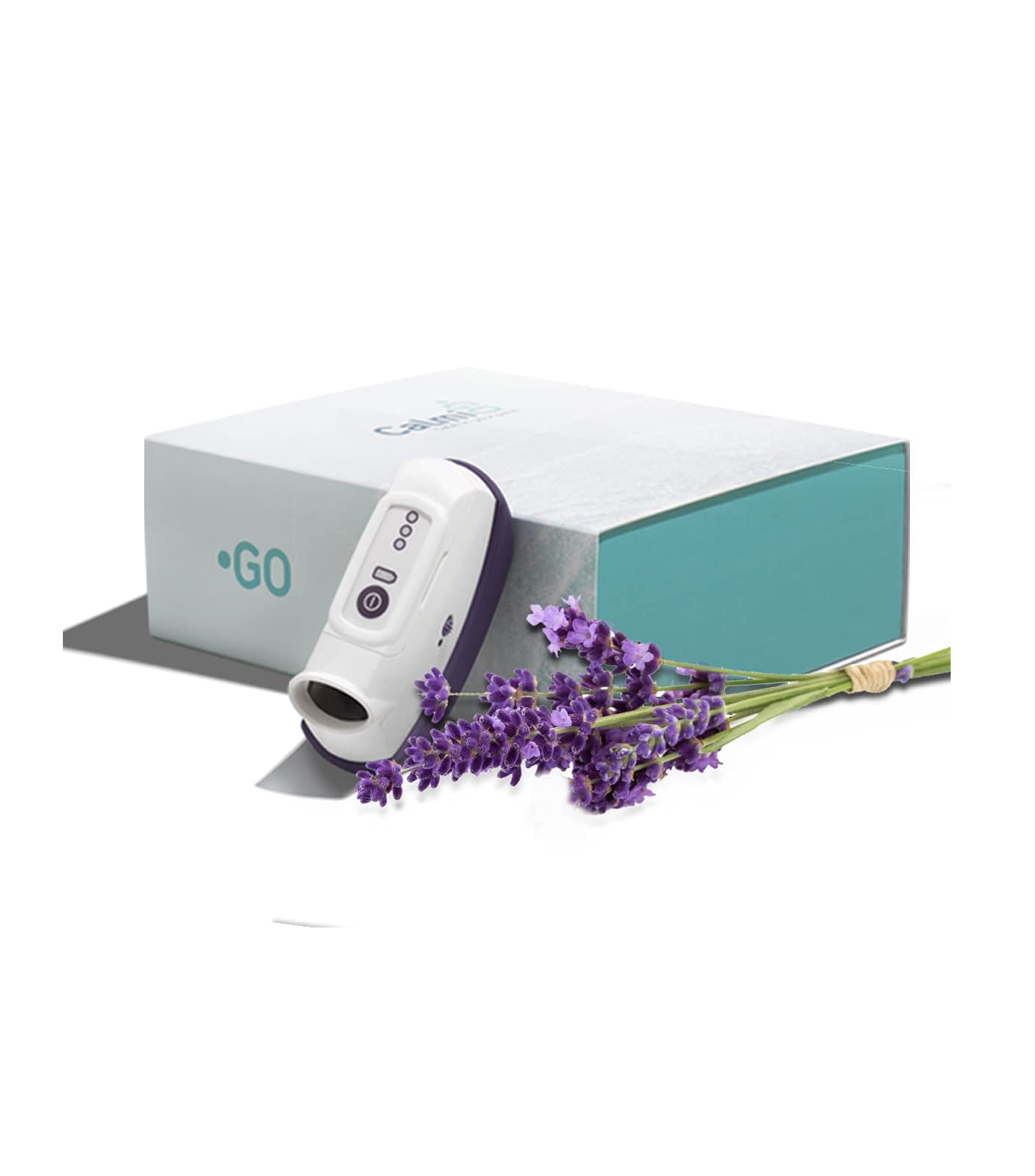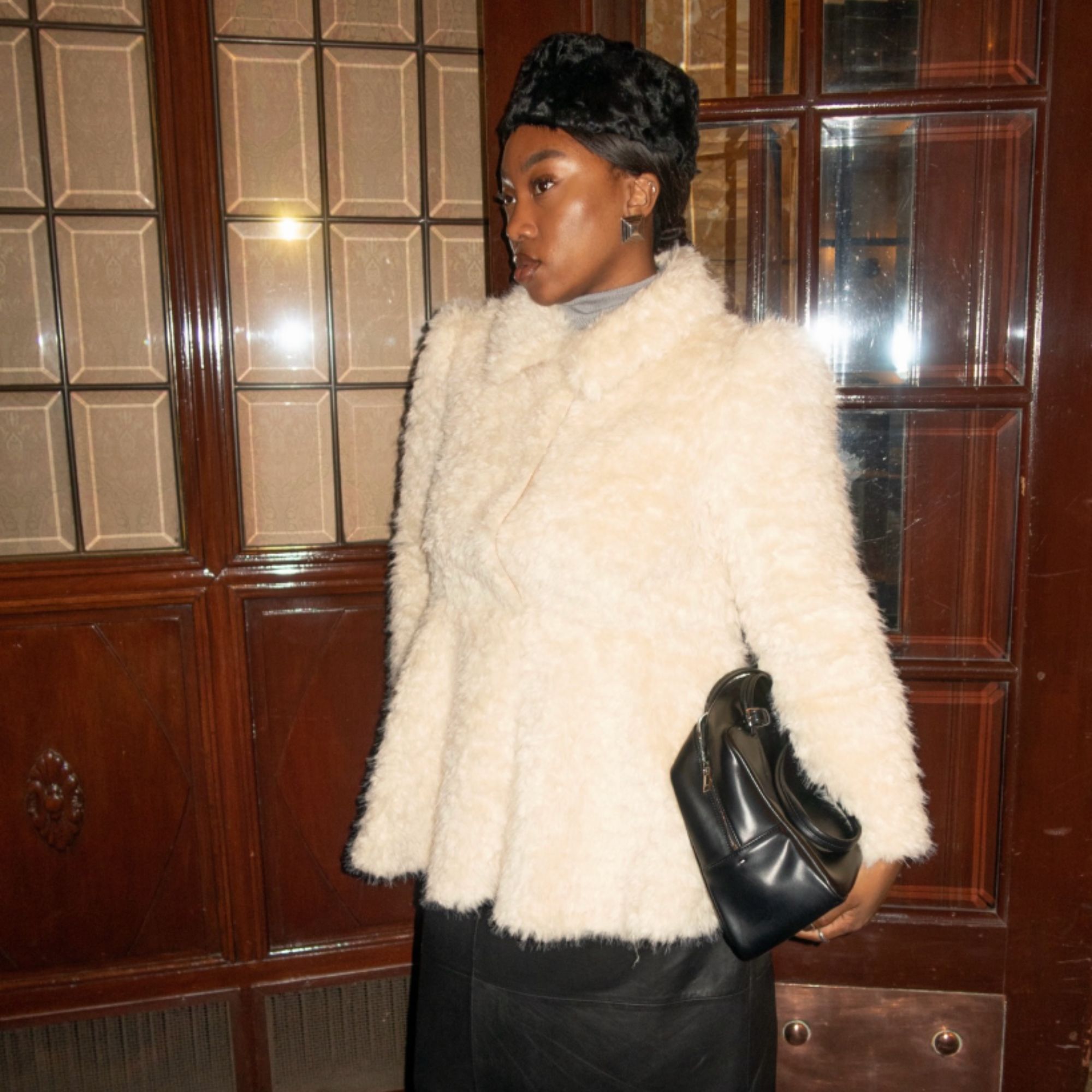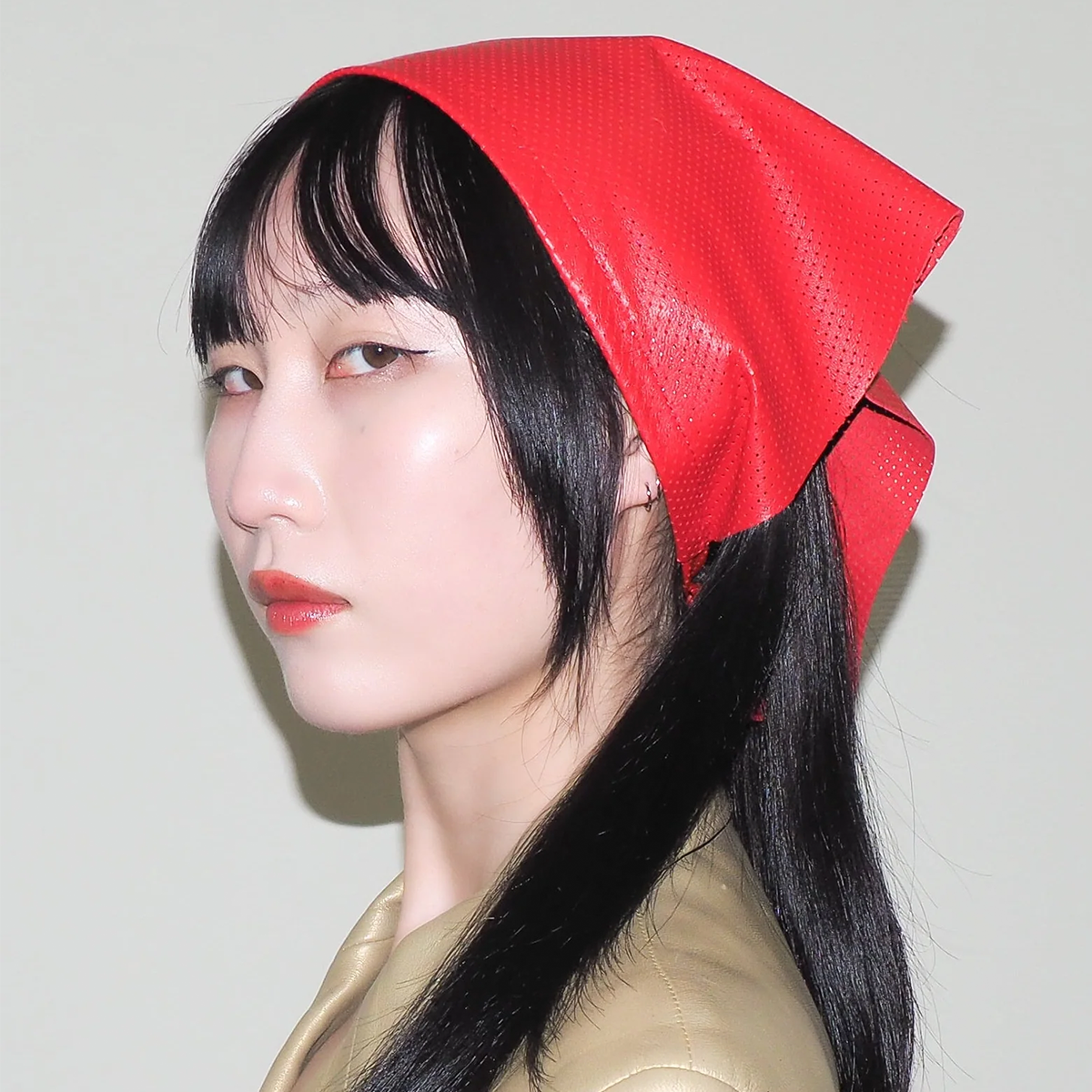5 Techniques to Relieve Your Anxiety When It's High
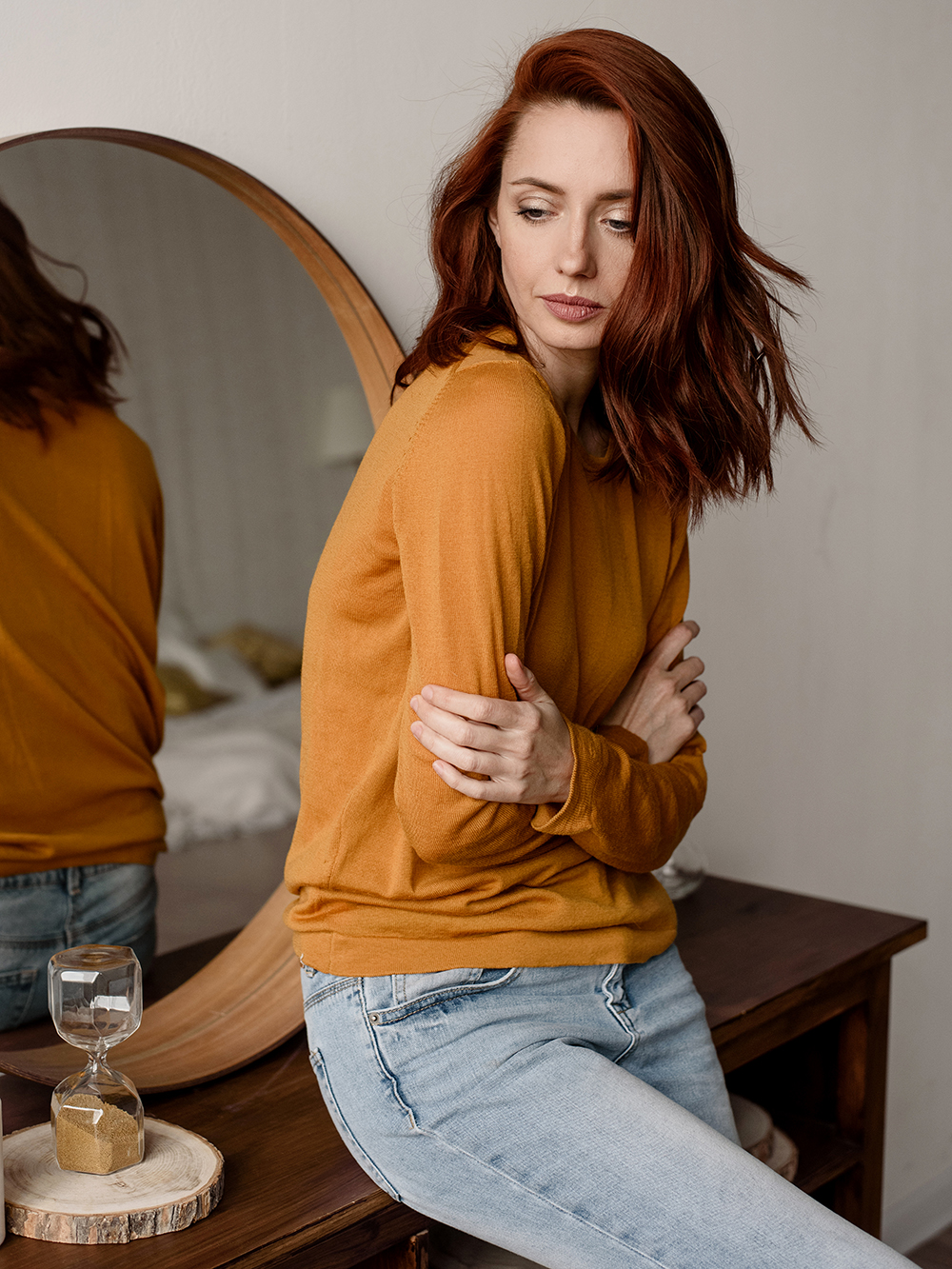
According to the Anxiety and Depression Association of America, anxiety disorders are the most common mental illness among adults in the United States. Depending on the type of anxiety, it can manifest in numerous ways from sweating and fast breathing to hair pulling and shaking. Personally, I've experienced all of these symptoms and then some, but there are ways to cope. As someone who's been in therapy for over five years, I've learned some techniques that have helped me stay calm, such as journaling and deep breathing. I spoke with licensed therapists about some anxiety-relief techniques they use with their clients, and now you can practice these at home. These are just some to try, but there are many others out there.
This information should not be used in lieu of professional treatment. While these techniques might help relieve anxiety, it's always best to see a therapist or psychologist for more intensive care.
1. Progressive Muscle Relaxation

Have you ever noticed when you're anxious or stressed that it manifests in your muscles? Some of the most common areas people experience tension are in their neck, jaw, chest, and stomach. For me, my anxiety manifests in my shoulders and lower back. With that said, progressive muscle relaxation (PMR) takes into account the mind-body connection and helps to relieve tension in the body caused by anxiety.
"Many clients find it helpful to start at their feet and work their way up their body. Eventually, the body will relax and return to its homeostatic state; the mind will slow down and return to its awareness of the present moment," says Maggie Osinski, LCSW, a licensed clinical psychotherapist who specializes in treating eating disorders and works with individuals with a wide variety of mental health issues.
Here's how to do it: Slowly tense and relax each muscle group for about five seconds each, working your way through the entire body.
2. Journaling
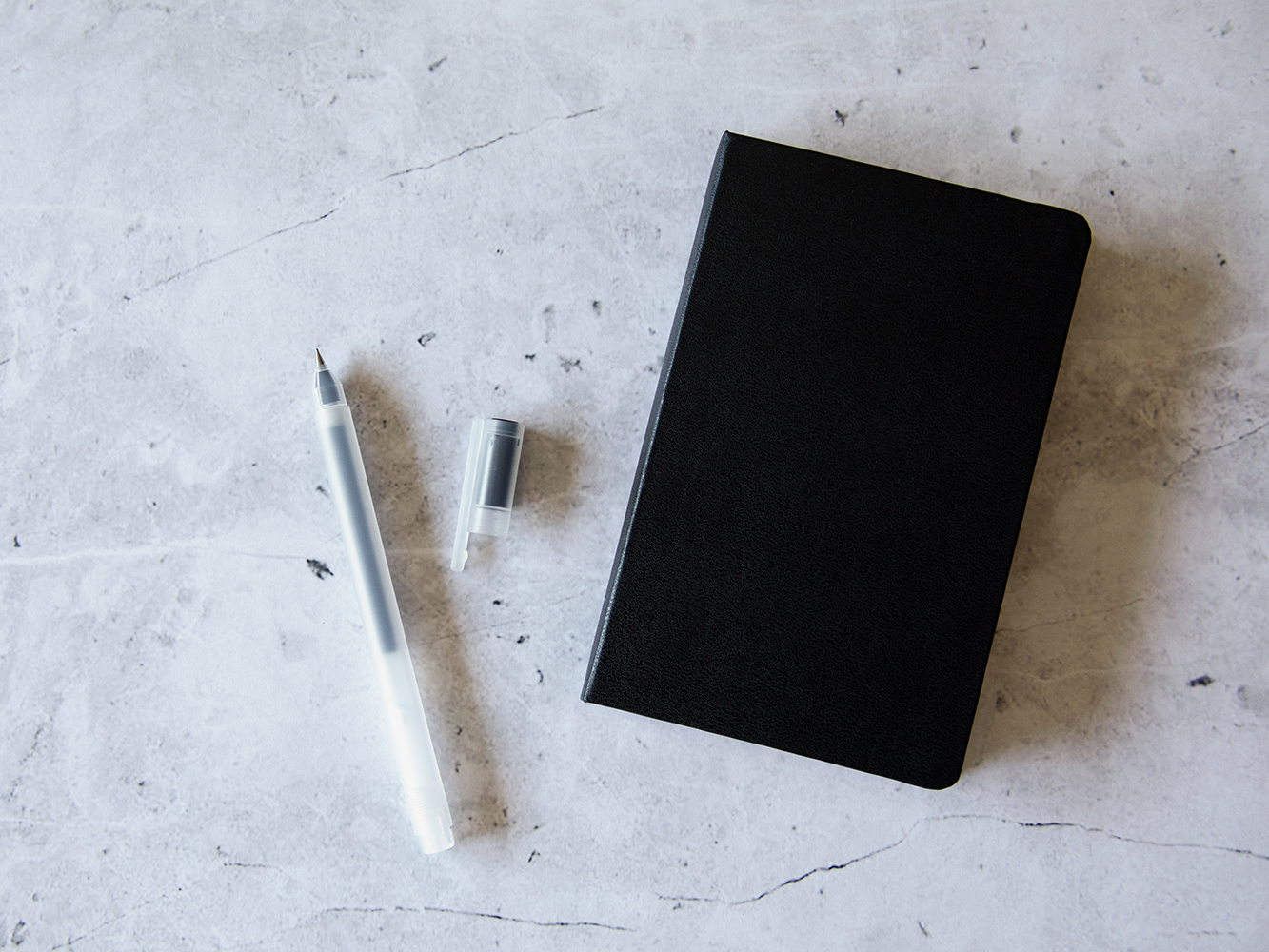
Journaling is one of my favorite anxiety-relief techniques because it's cathartic and easily accessible. All you need is a pen and paper, and you're all set. You can journal about anything from how your day was to three things you are grateful for. Plus, there have also been proven health benefits from journaling. According to this study, journaling for 15 to 20 minutes a day three to five times over the course of a four-month period was shown to lower blood pressure and improve liver function. I've been journaling daily for the past two years, and I find it provides me with peace of mind to hold my thoughts elsewhere aside from my brain.
"Journaling helps give you clarity, as it allows you to think through your thoughts and prioritize what matters to you most," says Kelly O'Sullivan, LCSW, who often works with millennial women dealing with anxiety. O'Sullivan has a list of journal prompts on her website to draw inspiration from such as "Today I Felt Good When…" or "Today I Showed Myself Compassion When…"
3. Exercise
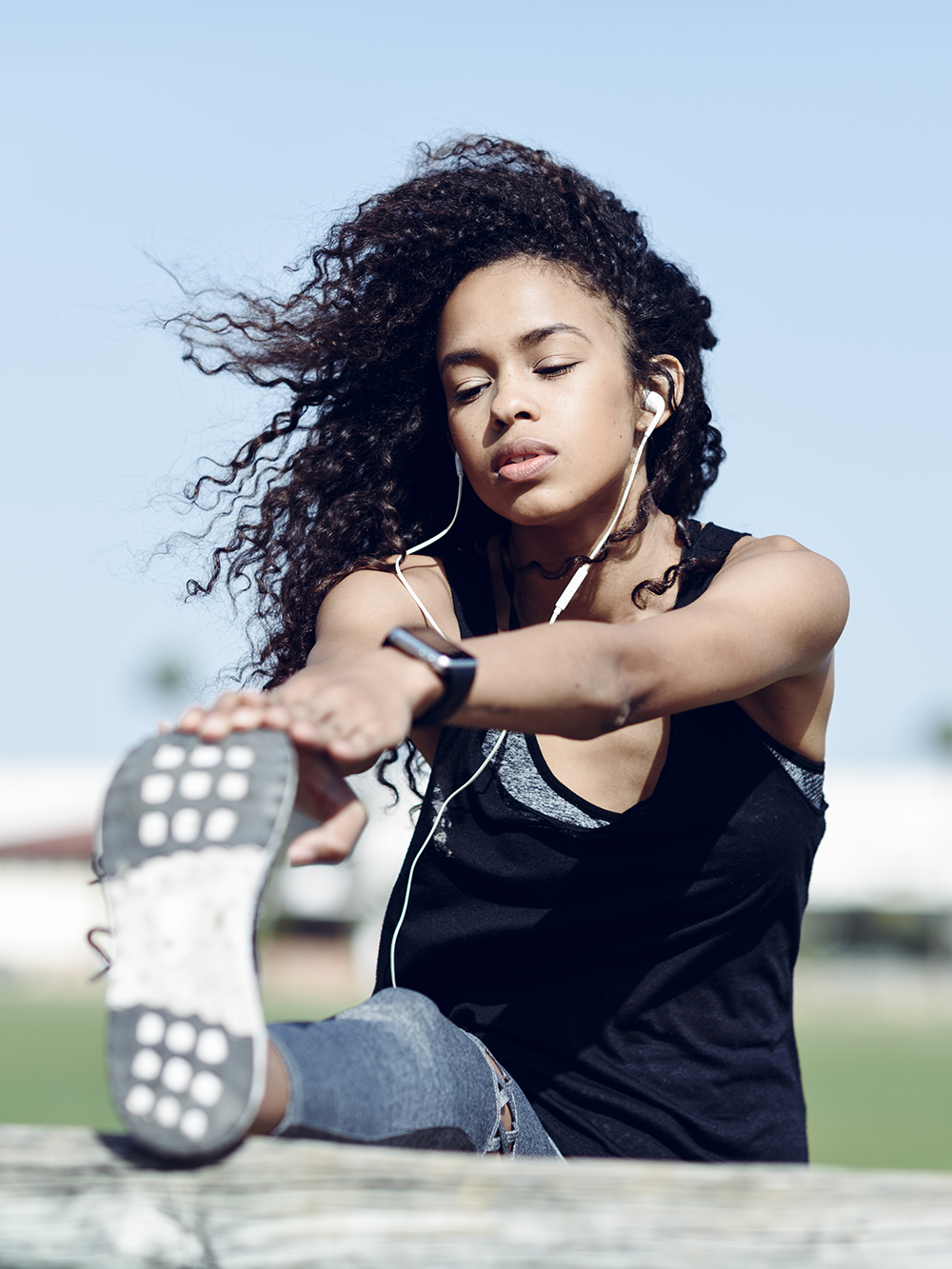
Exercise impacts not only your physical health but your mental health, too. According to HelpGuide, exercise "relieves stress, improves memory, helps you sleep better, and boosts your overall mood." That doesn't mean going to the gym and doing strenuous weight training or intense cardio, but it can be as simple as going on a walk in the park or around your neighborhood.
"Anxiety is a feeling, and feelings are energy that live in our bodies. Exercise helps to release some of that energy!" Osinski says. "Exercise helps to relieve muscle tension, which in turn helps to relax the body and provides relief. Practicing mindful movement, such as a 20-minute meditative walk to practice awareness of the present moment, is a great way to pair two anxiety-relief techniques."
4. Deep Breathing
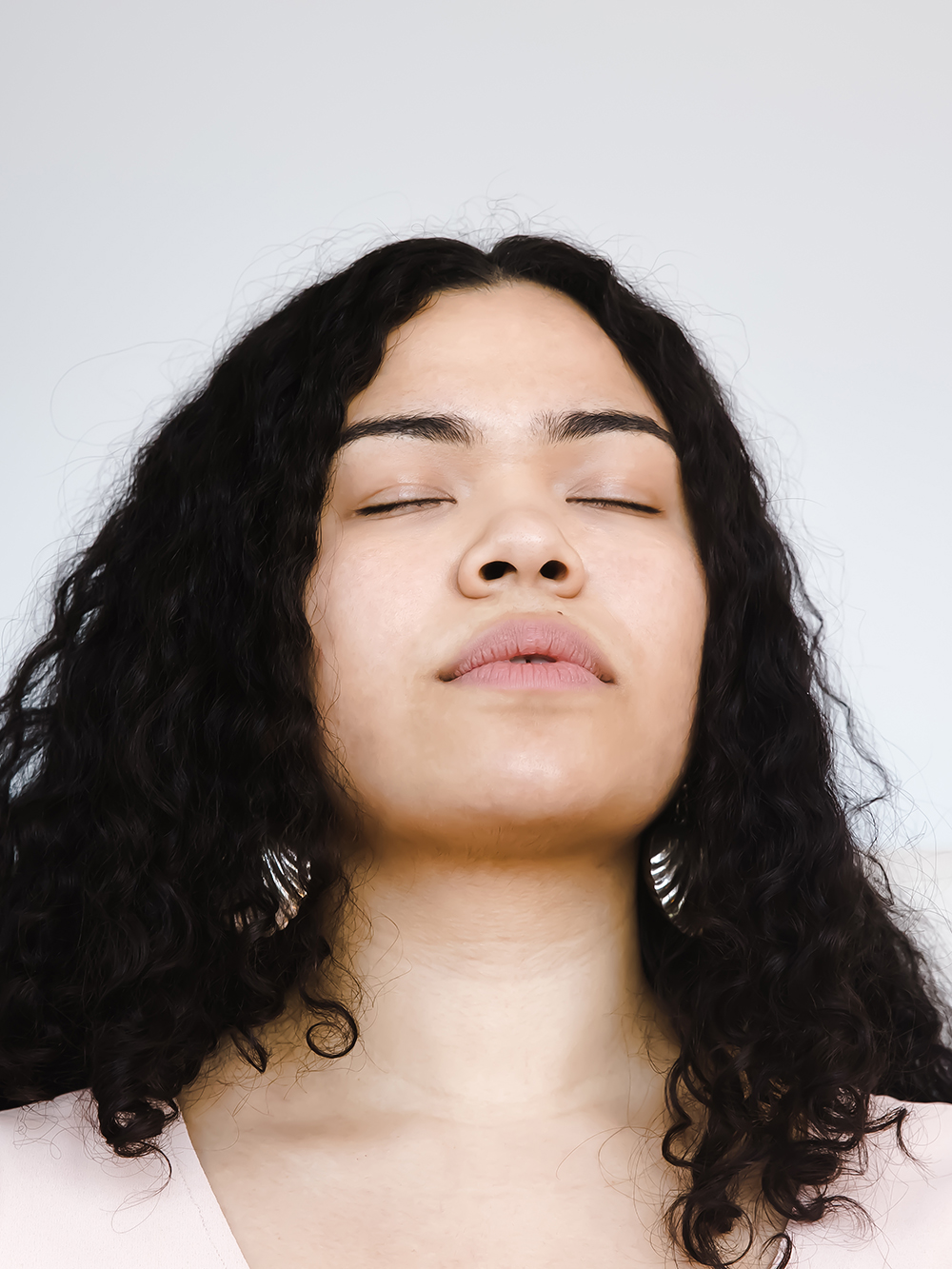
Deep breathing is the first anxiety-relief technique I learned and one of the most effective for me. You've probably heard "take a deep breath" when you're nervous or anxious. However, its effects go beyond that according to Osinski
She says, "Breathing is a crucial technique for coping with situational and/or chronic anxiety! The reason for this is biological and can be better understood by exploring the body's stress response, better known as fight-or-flight. When the brain's amygdala interprets something as dangerous, it sends a message to the hypothalamus, causing the nervous system to fire up the adrenal glands to release adrenaline into the bloodstream. This causes the physical symptoms of anxiety, including increased heart rate, chest tightness, dizziness, blurred vision, sweating, etc. Deep breathing calms the physical symptoms of anxiety by jump-starting the parasympathetic nervous system. The parasympathetic response allows the body to return to homeostasis."
Here's how to do it: Lie on your back. Place one hand on your stomach and the other on your chest. Breathe in deeply through your nose, letting your belly rise, and then out through your mouth. Repeat this three to five times or as needed.
5. The Five, Four, Three, Two, One Grounding Technique
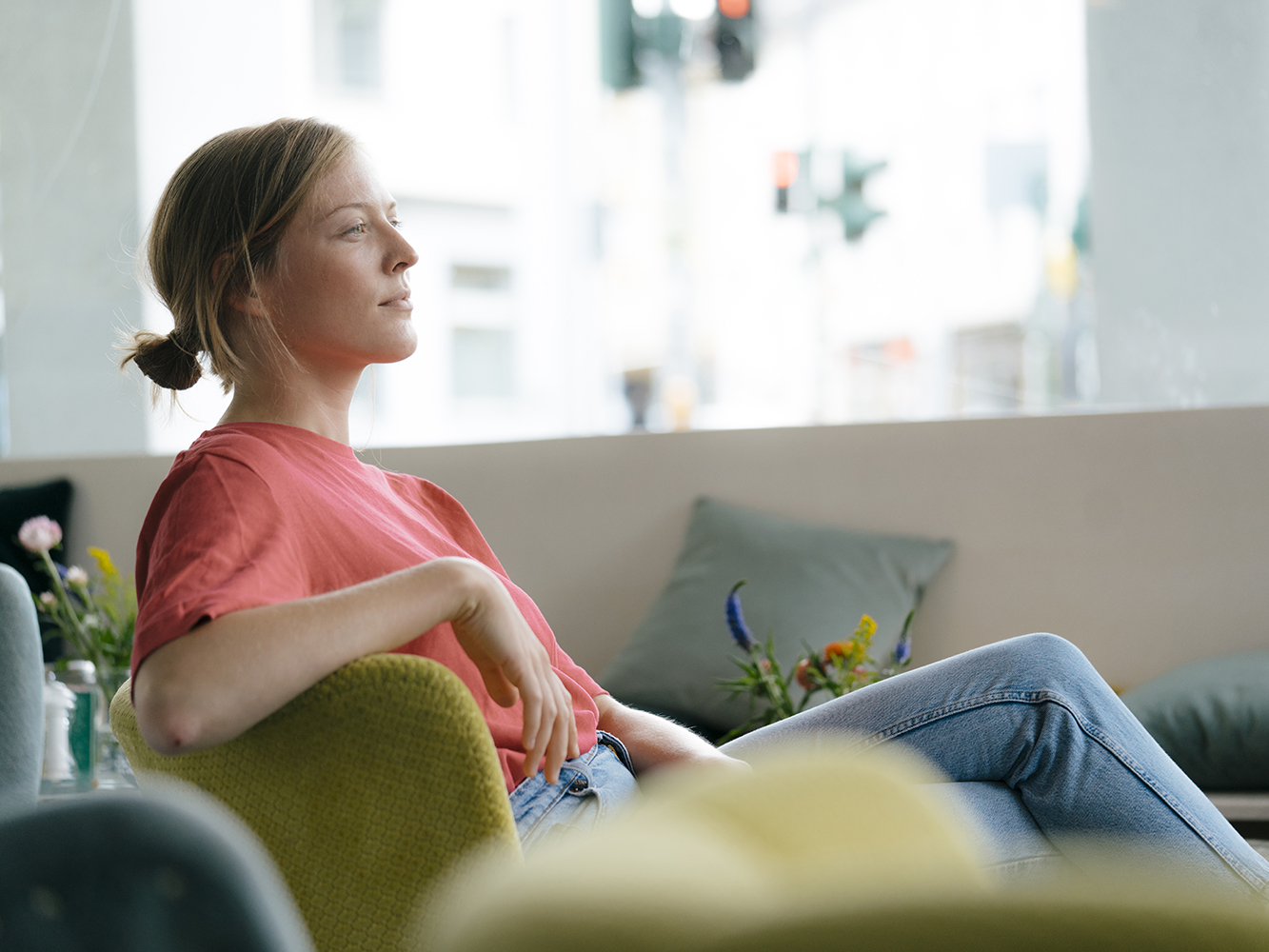
When you're experiencing anxiety, sometimes it's easy to get lost in all the worry making you feel even more anxious. One way to help feel more in control during these situations is with the five, four, three, two, one grounding technique. No, this doesn't involve lying on the ground but instead engaging the five senses.
"Grounding techniques are a great tool for when you feel anxious or start overthinking," says Sullivan. "They help to interrupt your thoughts, distract you from what’s happening, and take you back to the present moment."
Here's how to do it according to Osinski:
What are five things you can see? Pay attention to small details. Really look at an object or surface, and witness it.
What are four things you can feel? Notice physical sensations such as the clothing on your body or the sun on your skin. Hold an object and feel its weight and texture.
What are three things you can hear? Listen for sounds like cars, clocks, rainfall, or your breath.
What are two things you can smell? Notice smells like air fresheners, scented candles, or coffee.
What is one thing you can taste? Perhaps you can taste the coffee on your tongue or the mint you had earlier.
Products That Could Help Relieve Anxiety
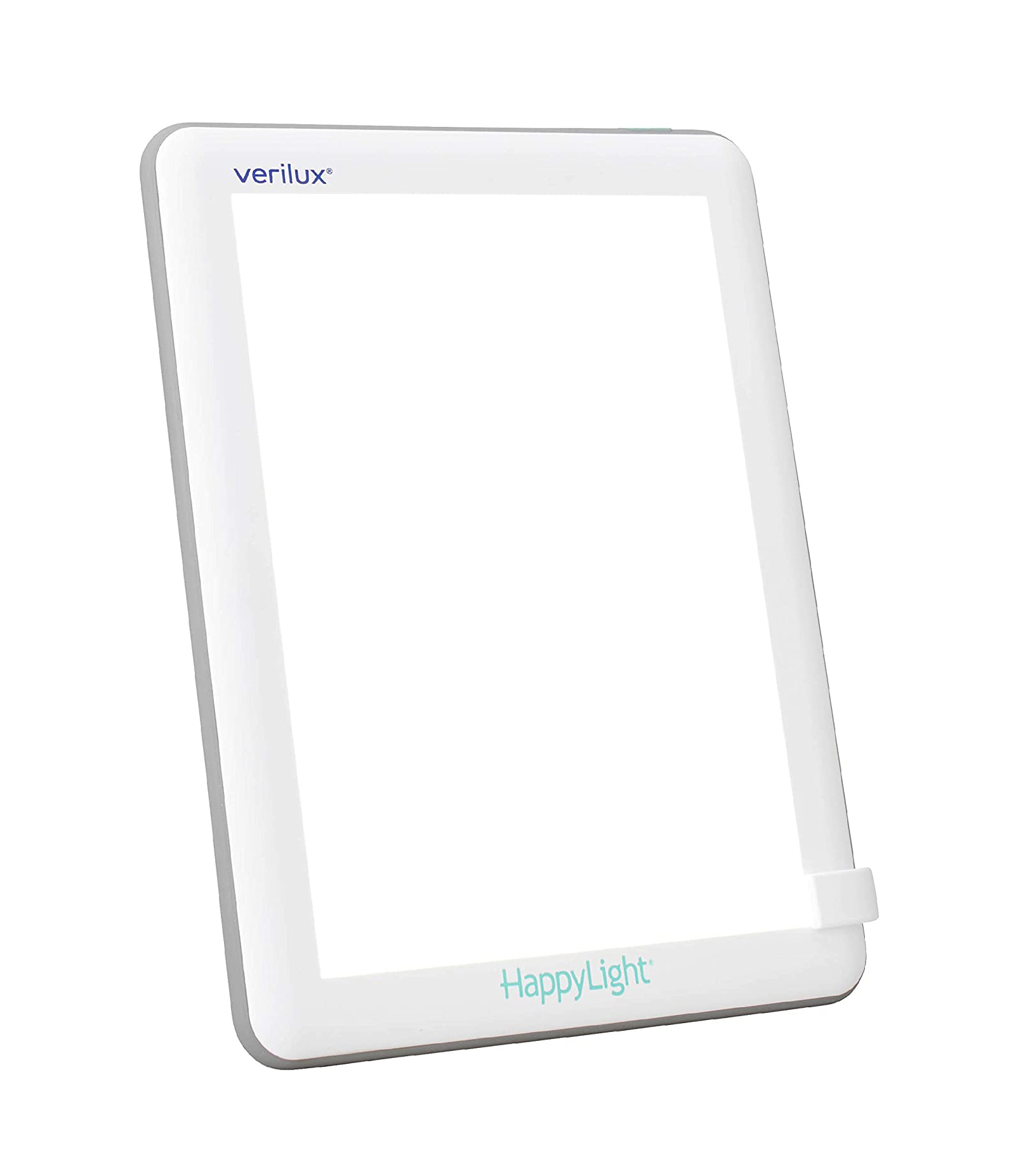
Not in the mood to go outside in the sun? Take the sunlight to you with this HappyLight that mimics sunlight to improve your mood and relieve stress.
Next: Meditation Can Reduce Your Anxiety—Here's How to Make It Effective
This article is provided for informational purposes only and is not intended to be used in the place of advice of your physician or other medical professionals. You should always consult with your doctor or healthcare provider first with any health-related questions.
-
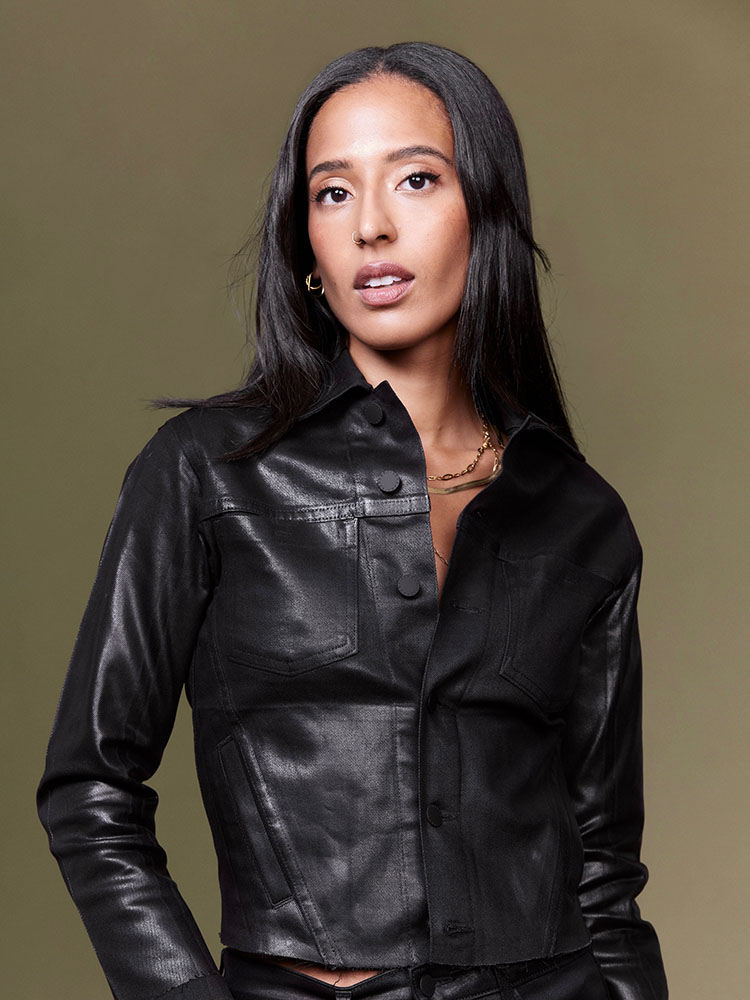 This Founder Shares Why We Should Start Celebrating Rest
This Founder Shares Why We Should Start Celebrating RestBurnout is nothing to be proud of.
-
 Why Dr. Deepika Chopra Believes that Optimism is Resiliency
Why Dr. Deepika Chopra Believes that Optimism is ResiliencyWhy you should start embracing every feeling.
-
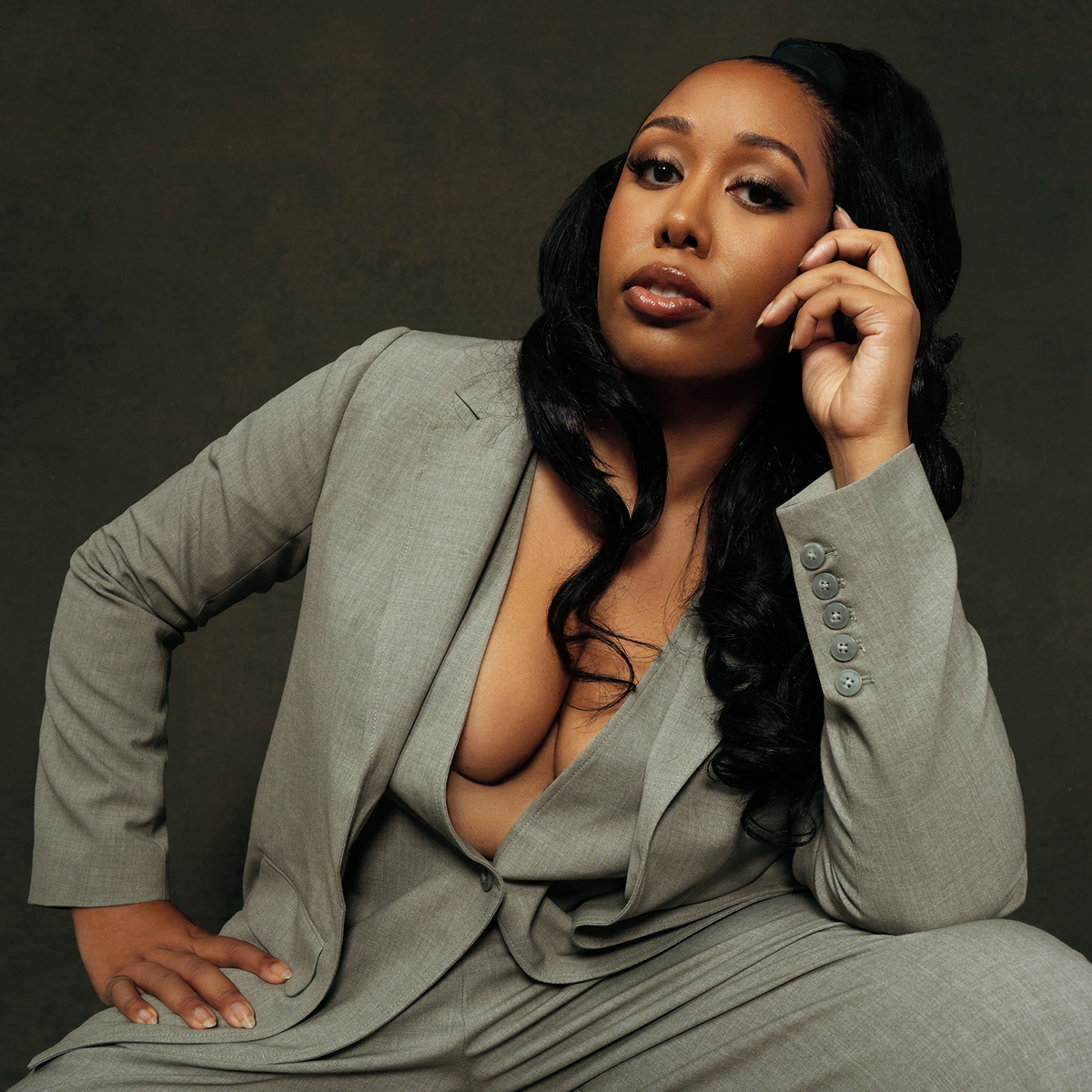 How TikTok's Favorite Photographer Helped Me Find My Confidence
How TikTok's Favorite Photographer Helped Me Find My ConfidenceI renewed my relationship with myself.
-
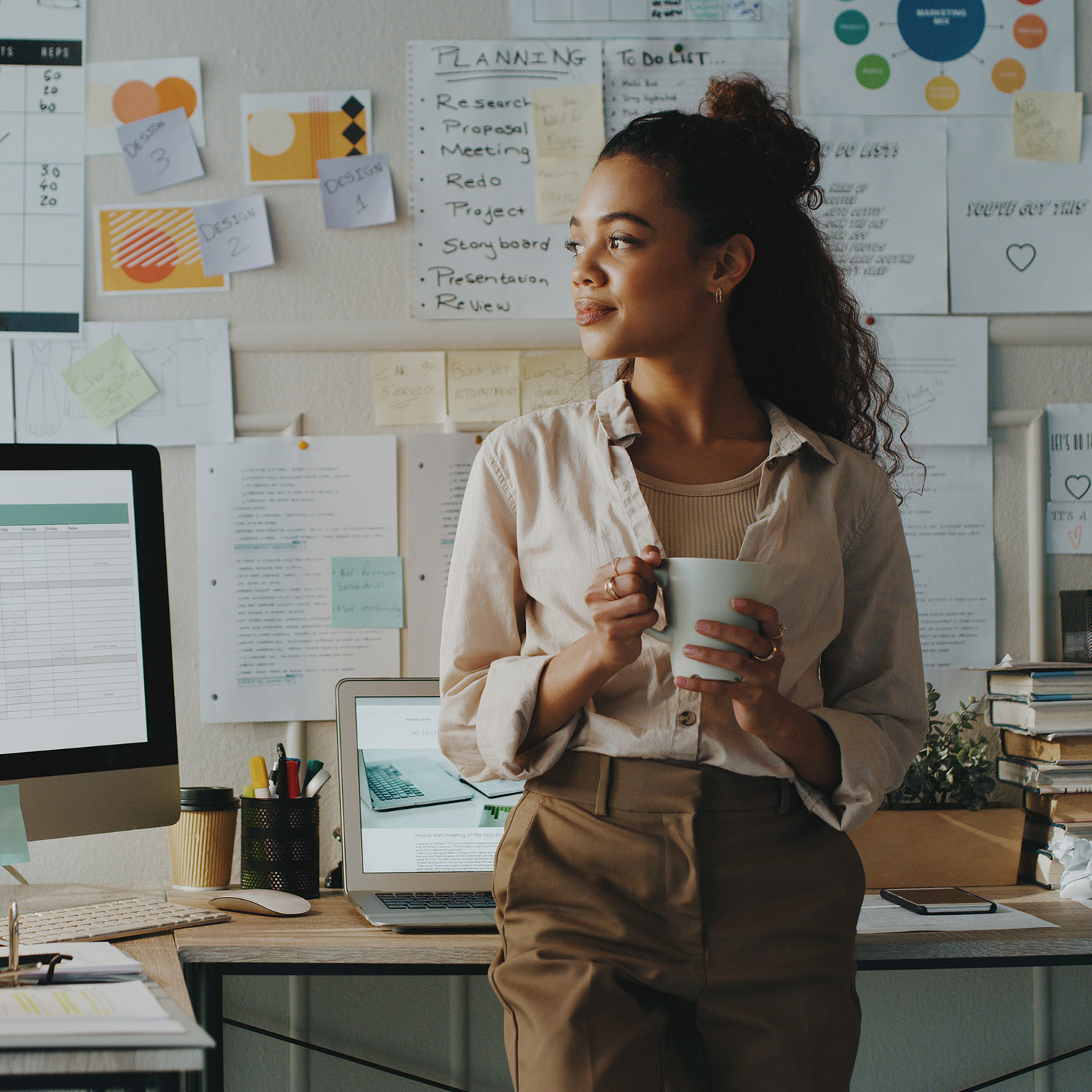 11 Things to Do If You're Dealing With Anxiety at Work
11 Things to Do If You're Dealing With Anxiety at WorkThese can help.
-
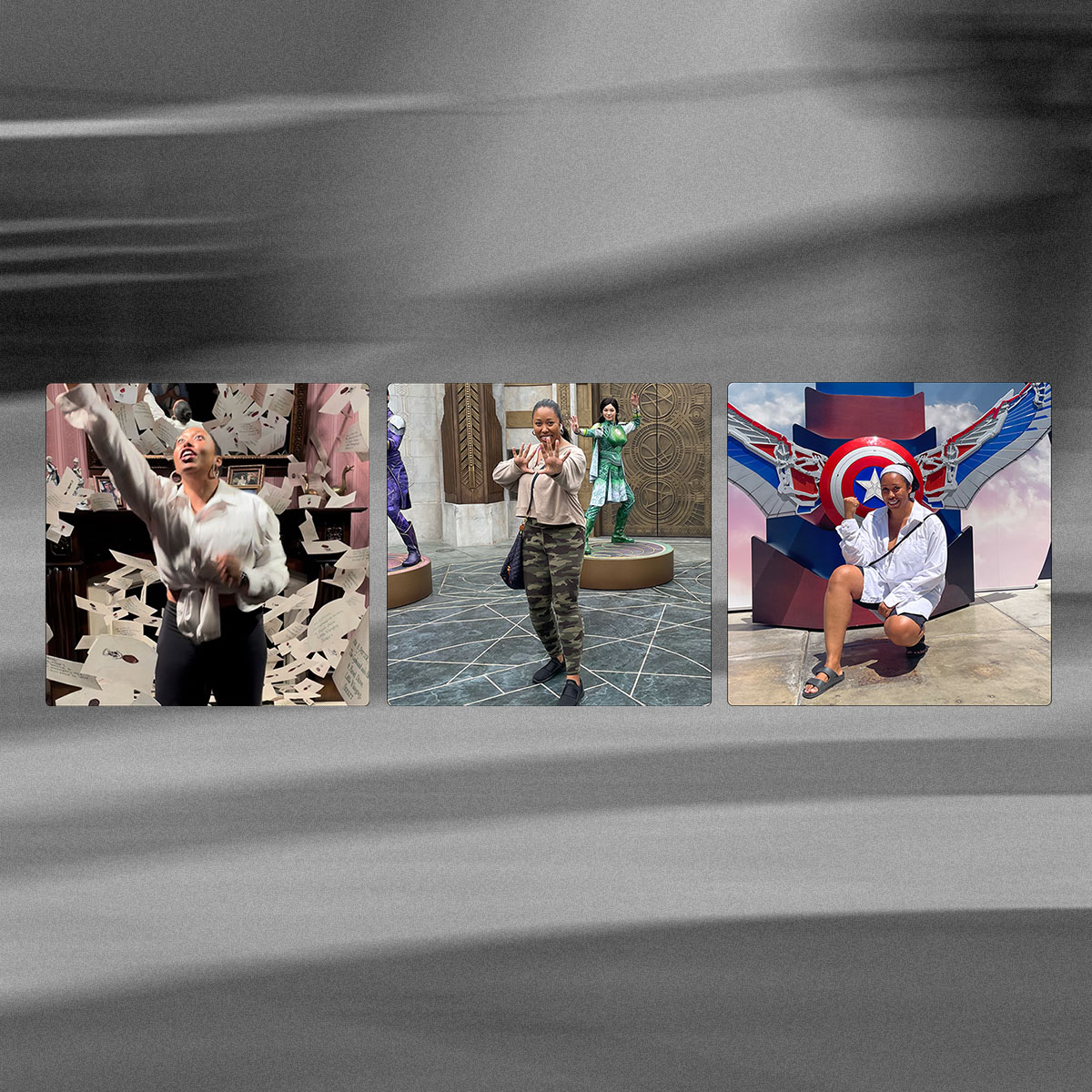 Here's Why I Make Time for "Play" Every Day—and Why You Should Too
Here's Why I Make Time for "Play" Every Day—and Why You Should TooIt's one of the best things you can do for yourself.
-
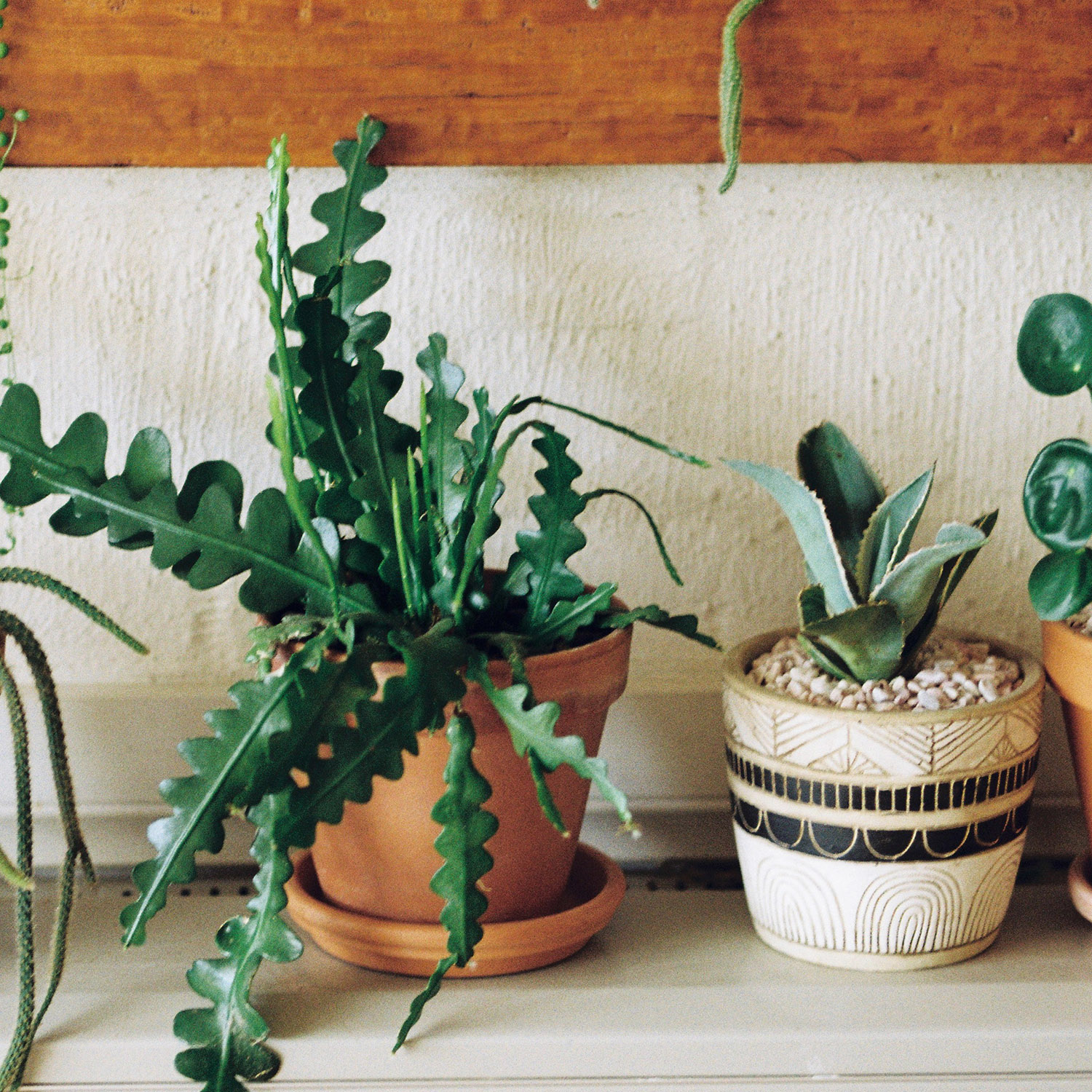 How to Choose a Plant Based on Your Personality Type
How to Choose a Plant Based on Your Personality TypeDo you have a green thumb?
-
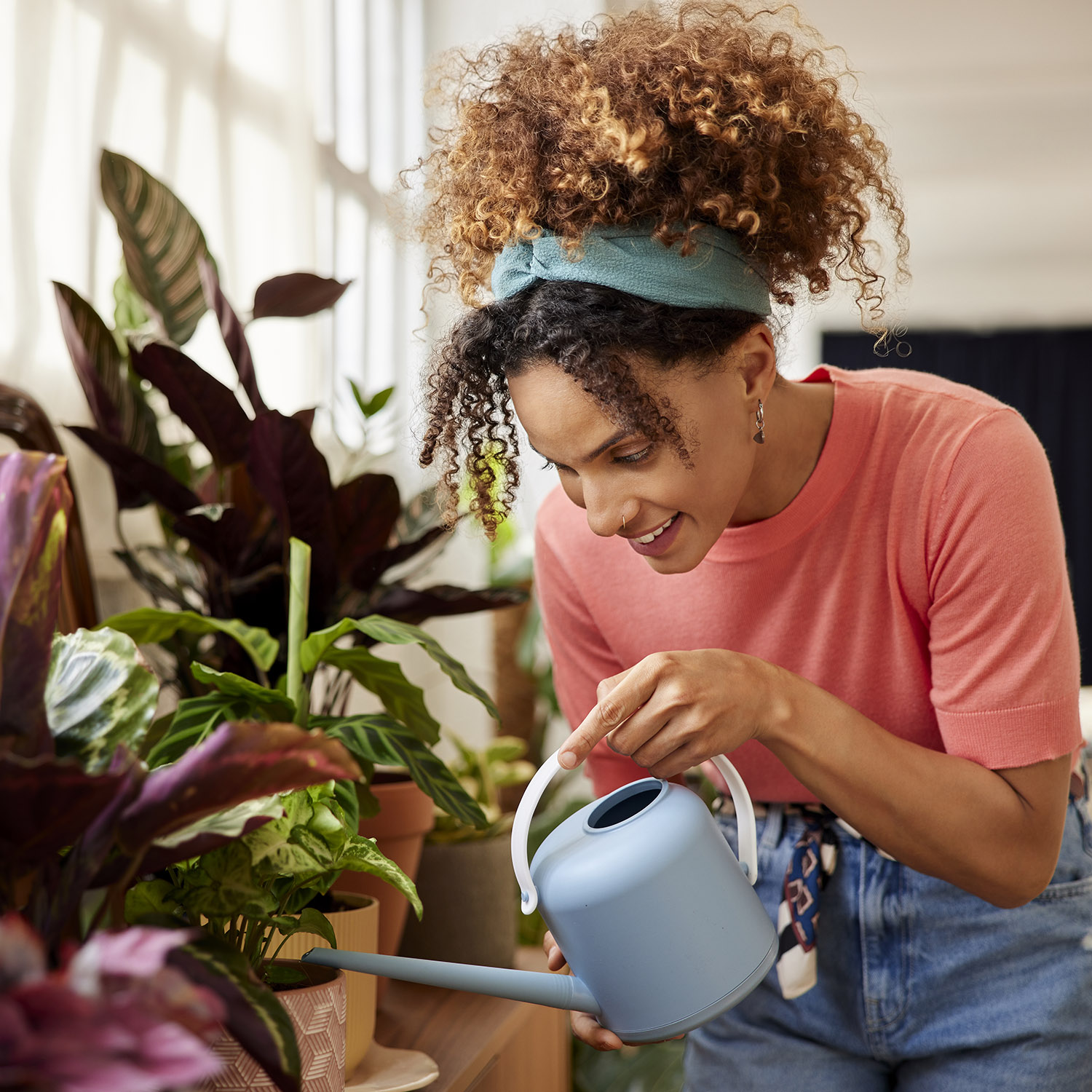 If You're Super Stressed Out, These 17 Things Can Make You Feel Better
If You're Super Stressed Out, These 17 Things Can Make You Feel BetterTry them.
-
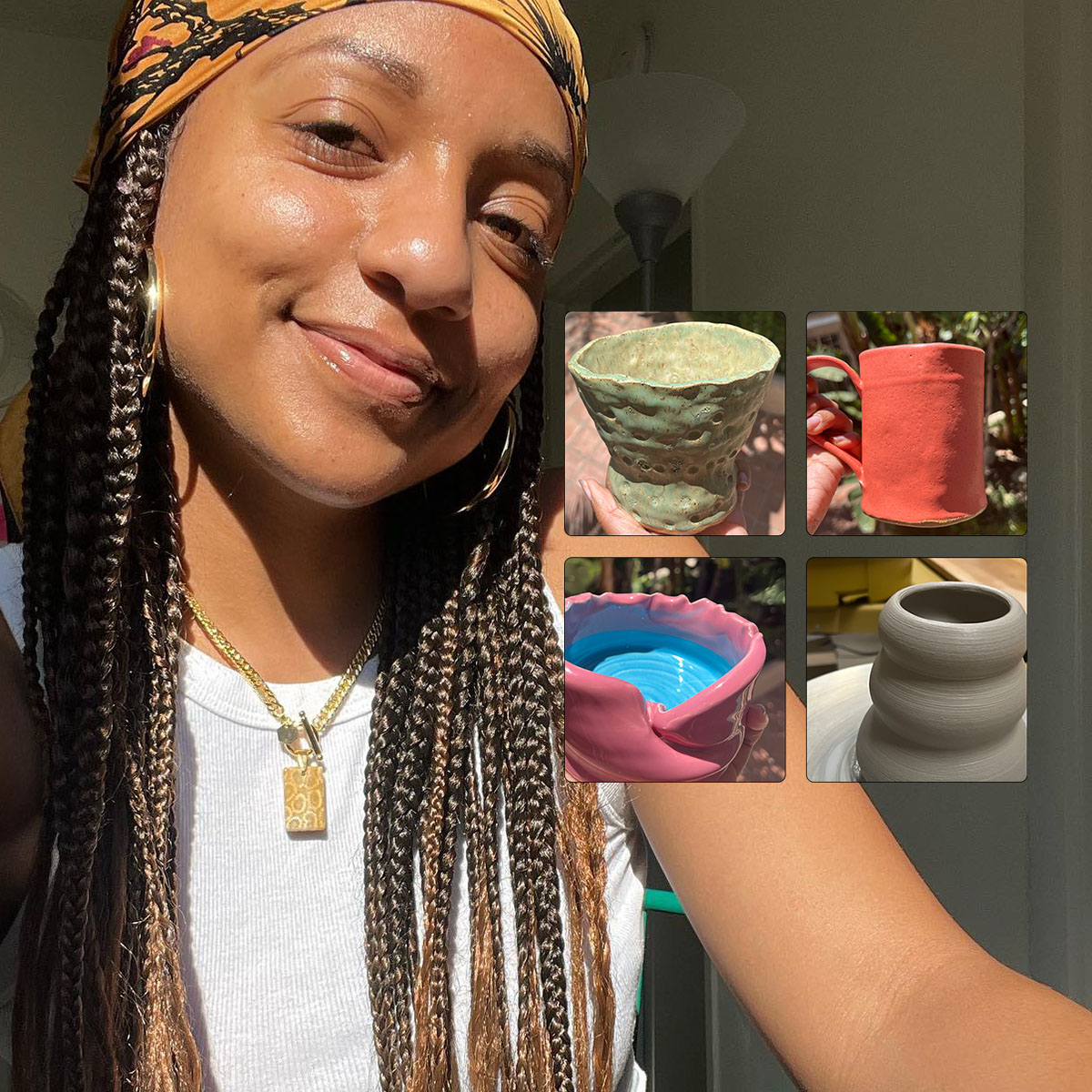 I Tried Pottery Classes as a Way to Better My Mental Health—Here's What Happened
I Tried Pottery Classes as a Way to Better My Mental Health—Here's What HappenedI left my classes with more than I bargained for.
